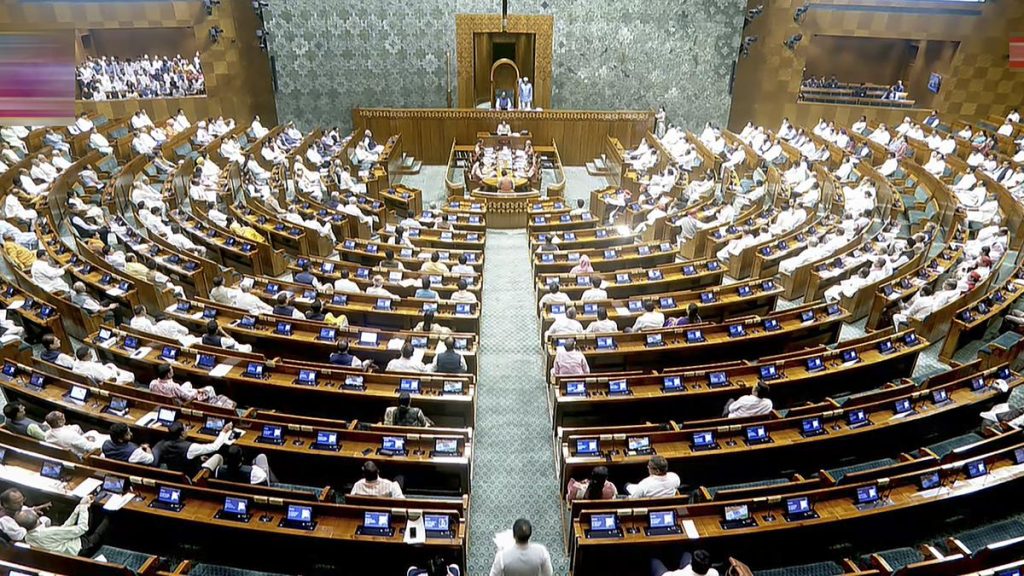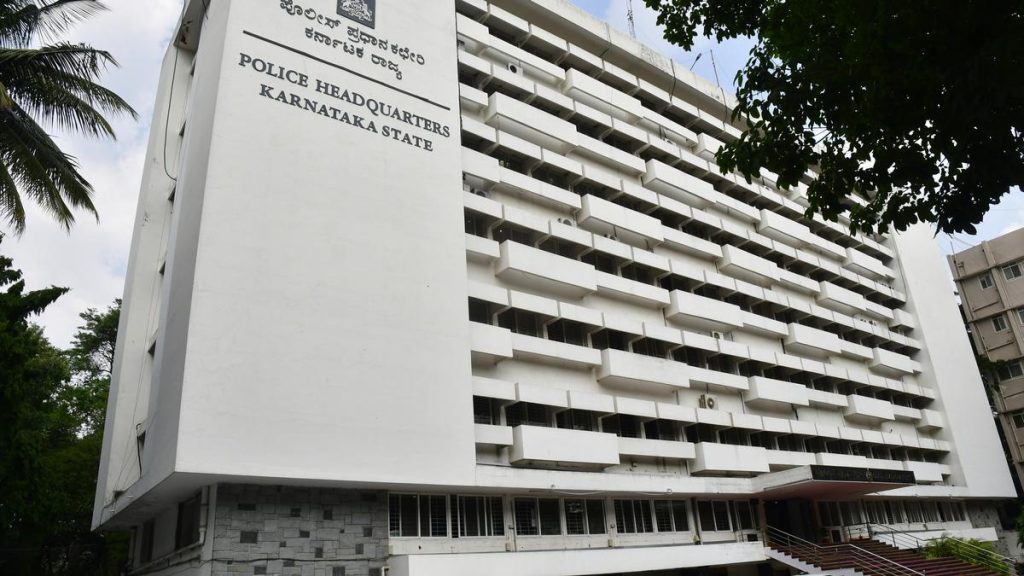Now Reading: 8 Strategies to Maximize Results with Ozempic and GLP-1 Treatments
-
01
8 Strategies to Maximize Results with Ozempic and GLP-1 Treatments
8 Strategies to Maximize Results with Ozempic and GLP-1 Treatments

Rapid Summary
- GLP-1 drugs like Ozempic and Wegovy have shown meaningful promise in treating obesity, delivering weight reductions of 5-18%, along with metabolic and cardiovascular benefits.
- These drugs mimic hormones that regulate appetite, reducing food intake but may lead to nutritional deficiencies, muscle loss, or bone loss if not paired with proper dietary support.
- Weight regain is possible when the medication is stopped without concurrent lifestyle changes.
- Major U.S. health organizations released eight nutritional guidelines to optimize GLP-1 treatment effectiveness:
– Supporting patients’ initiative to pursue treatment
– assessing dietary patterns and disordered eating history
– Managing gastrointestinal side effects
– Building personalized nutrient-dense diets
– Preventing deficiencies
– Prioritizing protein intake and strength training
– Using diet for continued weight management
– Promoting healthy habits such as sleep hygiene, stress management, physical activity, and social connection
- Structured combination of GLP-1 therapy with strong nutrition counseling has been found more effective for sustained weight loss outcomes.
Indian Opinion Analysis
The growing spotlight on GLP-1 receptor agonists underscores a global trend: increasingly advanced pharmacological options are reshaping chronic health care.For India-where obesity is rising within urban populations-this news signals potential opportunities but also challenges. While cutting-edge treatments offer hope for managing complex conditions like obesity and related cardiovascular risks, their proper implementation demands a multi-pronged strategy.
India could benefit greatly from adopting a model similar to the eight guidelines outlined above-integrating medical solutions with robust nutritional counseling tailored to cultural practices. However, given economic disparities across the region and reliance on cost-effective healthcare delivery systems, ensuring widespread accessibility might prove daunting. Moreover, awareness campaigns educating both clinicians and patients about necessary behavioral adjustments alongside medication could be critical in avoiding misuse or unmet expectations regarding treatment outcomes.
As this field progresses globally, Indian policymakers should evaluate how international frameworks around pharma-nutrition integration can be adapted locally for improving population health sustainably while balancing affordability challenges encapsulated within India’s diverse socioeconomic landscape.

























